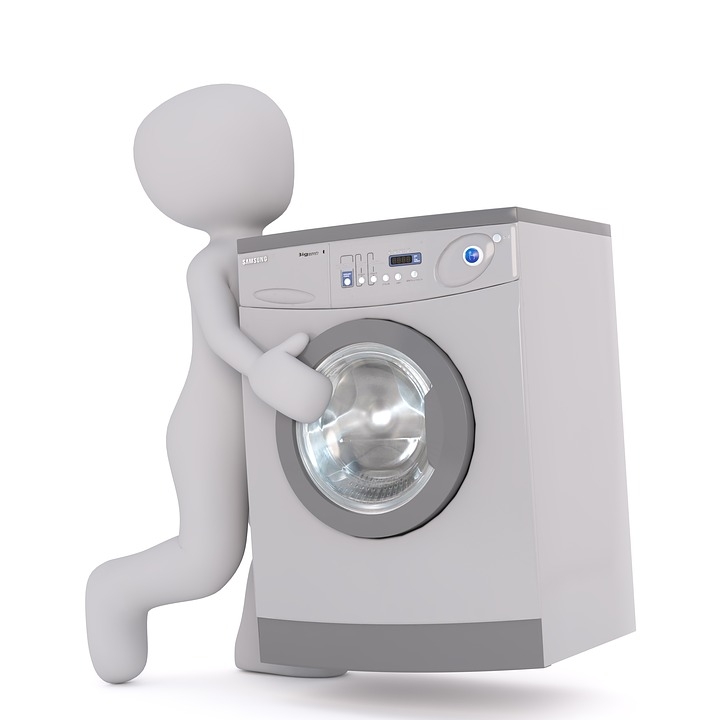One of the heaviest items you may need have moved on your upcoming moving day is the bulky, heavy, huge washing machine and dryer. Some people even include it in the sale of their home because they are such a challenge to move, while others are ready and willing to get these favorite machines moved to their new home.
If you are going to have it moved, you just need to make sure you’ve done your part to prepare it for moving and that you’ve discussed it with your moving company in advance. Take a look at how the process goes to move a washer and dryer.
Preparing the machine
You’ll need to prepare your machine for moving by completing several steps. It will need more done than just unplugging the machine like your coffee machine or toaster; a washer and dryer are much more complicated.
To begin, you’ll want to run a rinse cycle that can clean it out since washers have a tendency to be musty. Once the rinse cycle is complete, let it air dry with the door open. Giving yourself a week in advance to handle these tasks will ensure that you have enough time to do all this and the next steps.
Next, you’ll want to shut off your hot and cold water valves to the wash and then you can move on to the dryer. The dryer will need to have the lint trap vacuumed out before the move, as part of the normal maintenance.
Disconnecting and securing the washer drum
Now that the machines are prepped, it’s time to disconnect everything for the move. Start by shutting off the power at the breaker, even if it means shutting off power to the whole house. Since you’re dealing with electricity and gas, many times people will choose to have a professional come out and help with the disconnection process.
If you are handling your own disconnection, you’ll need tape your electrical cords to the back of each appliance to avoid someone tripping during the move. Start with disconnecting the hoses from the wall and the machines using a wrench and a towel for drips. Put them in a plastic bag with within the appliance for the move to avoid losing pieces.
Next, disconnect your dryer’s gas if you have a gas dryer, which means your gas should be shut off ahead of time. Disconnect the gas line from the dryer after you’ve shut the gas valve. Then disconnect your dryer’s vent, but be sure to keep your vent connectors and hoses in a bag inside the dryer to avoid losing these when it’s time to set it up at the new house.
Last but not least, secure the washer’s drum using shipping bolts which will prevent unwanted movement that can lead to damaging the appliance.
Moving day
Finally, it’s moving day and the real work begins. Your professional moving crew will be thankful that you’ve prepared your machines for transport. They will first begin by protecting your machines with clean moving blankets and strong moving tape to avoid denting the machines. If there are stairs to haul the machine, they will likely use forearm forklifts or an appliance dolly and securing it with ropes or bungee cords.
Once it’s moved from the basement or laundry room, the machines will be put on to the truck and they will have to be loaded closest to the cab for the best weight distribution. Upon arrival, the machines will likely be placed a couple of feet away from their spot in order to leave room for hooking up your water, electricity, hoses, and gas.
You’ll want to have your utilities setup before the move in order to get these set back up again. If your new home isn’t ready yet and it’s time for storage, you’ll want to make sure the units are getting some air flow and to store them with old sheets to allow for breathing.
Make sure you start a week in advance to prep your machines for moving, discuss the items with your moving company so that they can properly prepare, and keep all of the pieces in the machines to allow for an easy setup at your new home. This is how moving a washer and dryer will typically go for moves involving appliances.

